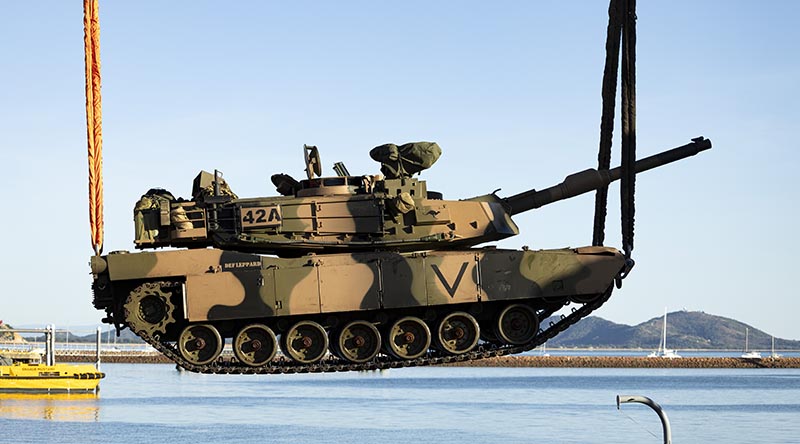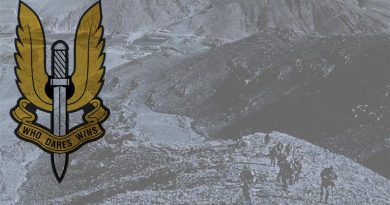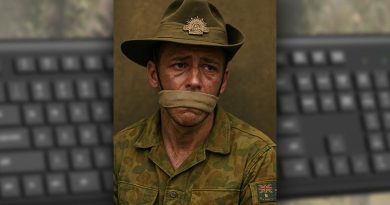The RAAC Head of Corps’ dilemma

Heads of Corps were reinstated in 2001 via Chief of Army Directive 05/01. According to the Directive, HOC are responsible to the CA to:
- “Represent the Corps as the senior adviser for Corps capability and heritage; and
- represent the Corps at Army and Corps activities”.
So, the RAAC HOC is the senior adviser to the CA for Armoured Corps capability and heritage. However, he (or she) has no independent authority or status, outside the chain of command. Furthermore, the CA, may or may not, accept the advice of the HOC.
The decision to strip the tanks from 1st Armoured Regiment and give it a non-RAAC role evaluating new technologies, was a contentious one. The RAAC was united in opposing it. The then RAAC Head of Corps was supported by the serving Representative Honorary Colonel, the Immediate Past Rep Hon Col, the 1 Armd Regt Hon Col, the RAAC Corps Conference, and the 1 Armd Regt Association … all of whom recommended against it. Nonetheless, the CA decided to proceed.
Soon after, a new officer assumed the duties of the HOC. Should the new HOC maintain his predecessor’s position or should he accept the CA’s decision and support it? He chose the latter. Did he really have a choice? It is obviously untenable for senior officers to strut the corridors of Defence mouthing off about the CA’s inability to make the right decision.
There are those who strongly believe that the “HOC advocates to the best extent possible. If the CA decides not to follow his advice, the HOC accepts this and gets on with other matters …”. The chain of command means that the HOC has to accept the CA’s decision, but does that mean that he has to stop trying to persuade him to adopt a different one?
I believe that the HOC should continue to provide the best on-going advice on RAAC matters whenever the opportunity permits … rather than simply ‘rolling over’ and accepting the CA’s decision, one which completely wipes out the capability and heritage of 1 Armd Regt. It might even be possible to find new arguments to counter the CA’s position. Should he not keep looking and advocating?
Is this feasible in practice, however? The 2024 RAAC Corps Conference agreed that: “The best operational outcome for Army is to form two battlegroups in Townsville, one commanding the cavalry and one commanding the tanks. The best way to achieve this outcome is to raise RHQ 1 Armd Regt in Townsville and to assign the tanks to it”.
I couldn’t believe it when the HOC told me that that wasn’t his position. I had just assumed that he had to support the Corps Conference outcome … but the Corps Conference has no authority. To whom is the primary allegiance of the RAAC HOC: to the RAAC or to the chain of command? It is, of course, the latter.
A two-star officer told me a while ago that any statement contrary to a known defence position was “termed, insubordination”. The following was the response to this from a former infantryman: “It is actually not as he says – to the contrary, it behoves any professional soldier to contribute his views clearly and professionally to achieve the best outcome to any situation. It would be dereliction of duty NOT to do so.”
This, of course, touches on the concept of ‘frank and fearless’ advice, i.e. “providing advice that is relevant and comprehensive, is not affected by fear of consequences, and does not withhold important facts or bad news”.
If only this could always be assured!
Lieutenant Colonel Bruce Cameron, MC, RAAC (Ret’d)
.
.
FILE PHOTO: An M1A2 SEPv3 Abrams main battle tank is loaded onto a United States Navy asset during Exercise Talisman Sabre at Townsville Port, Queensland. Photo by Lance Corporal Caitlyn Davill.
.
.

.
.





